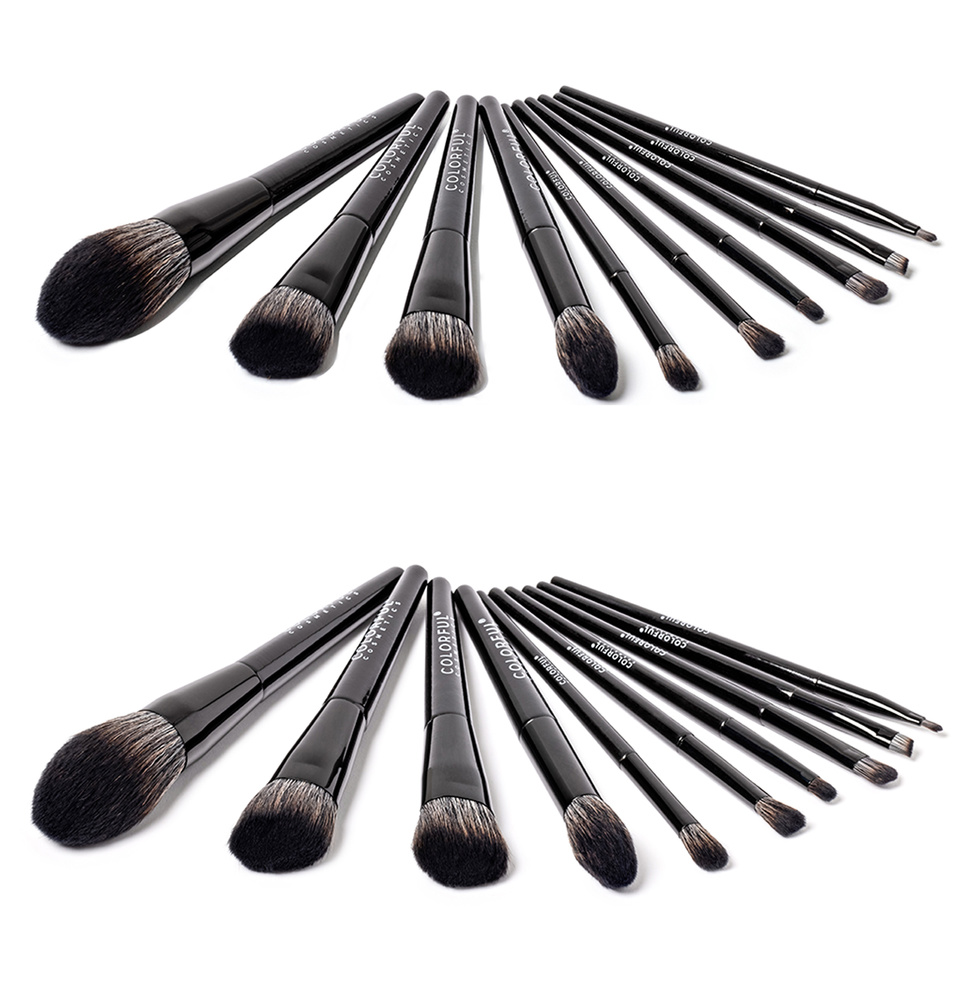Did you know studies have shown that viewers form an opinion of people within 1/10th of a second of seeing them? In a similar way, viewers judge brands with a cursory glance. Brands rely on design elements such as color, shape, line, and font to communicate their identity and values.
As a photographer, you may have received a mood board from a client and found yourself trying to pinpoint what exactly it is about the different examples that are communicating the brand's values, and how you can integrate those elements into your photoshoot. The skincare line VEGAMOUR, for example, uses a neutral color palette to communicate their core value of using natural, earthy ingredients.

Alternatively, the brand KREYOL ESSENCE uses bright bold colors to reflect their commitment to using indigenous ingredients from Caribbean farms.

As a photographer, you’ve surely found yourself planning your shoot using concepts like line, color, size, and space, but have you ever considered how the use of shadows might help articulate your desired style?
Earlier in my career, it used to be that the goal was to soften or eliminate shadows completely in product photography. I spent long nights in the studio testing how different softboxes and diffusers made the light fall onto the backdrop subtly and seamlessly. Then a few years ago, I noticed that bold, hard shadows were the new trend, and I started using that look in my work for my more modern brands.
This is an example of using hard shadows.

Skincare photography by Michelle VanTine Photogaphy
It’s a lot simpler than you may think to get hard, clean shadows. In fact, it’s all of one step: take it off! Your modifiers, of course. That’s it. That’s the (not so) big secret. It’s most effective with one light source. If you add multiple lights or bounce cards, the shadows will soften. A direct, bare bulb will do the trick. If you want the shadow falling on a certain side, or if you have a particular spread distance in mind, you can turn on the prop light and move your strobe around. You’ll see the shadow change shape and direction as you move the light closer to the product, farther, or from side to side. Once you find the shadow you want, click it, and you're done!
Here are examples of a harder shadow (top) and a softer shadow (bottom). I'll show you below how I achieved both.

Hard shadows top- using bare bulb . Soft shadows bottom- using softbox
This was my setup to create the hard shadows: one strobe and a bare bulb.

One light set up- bare bulb- to create hard crisp shadows
For the soft shadows, there are several ways to achieve this look. You can add more lights or bounce cards to your setup. However, the fastest and easiest way to soften your shadows is to soften your light by diffusing it. Throw a softbox on your strobe like this.

Use a softbox to diffuse your light in order to create a softer shadow
Learning to work with off-camera lighting can seem rather daunting if you haven't tackled it yet. Maybe you have a strobe and don't know where to start, or you've been wanting to up your game, but you feel overwhelmed by it all. Not to worry! Here are a few favorite spots for you to be inspired and grow:
1) We at Fstoppers have you covered! You can browse through classes and tutorials HERE.
2) ISO 1200 Magazine is a tremendous library of behind-the-scenes setups shared by photographers worldwide.
Happy shooting!






